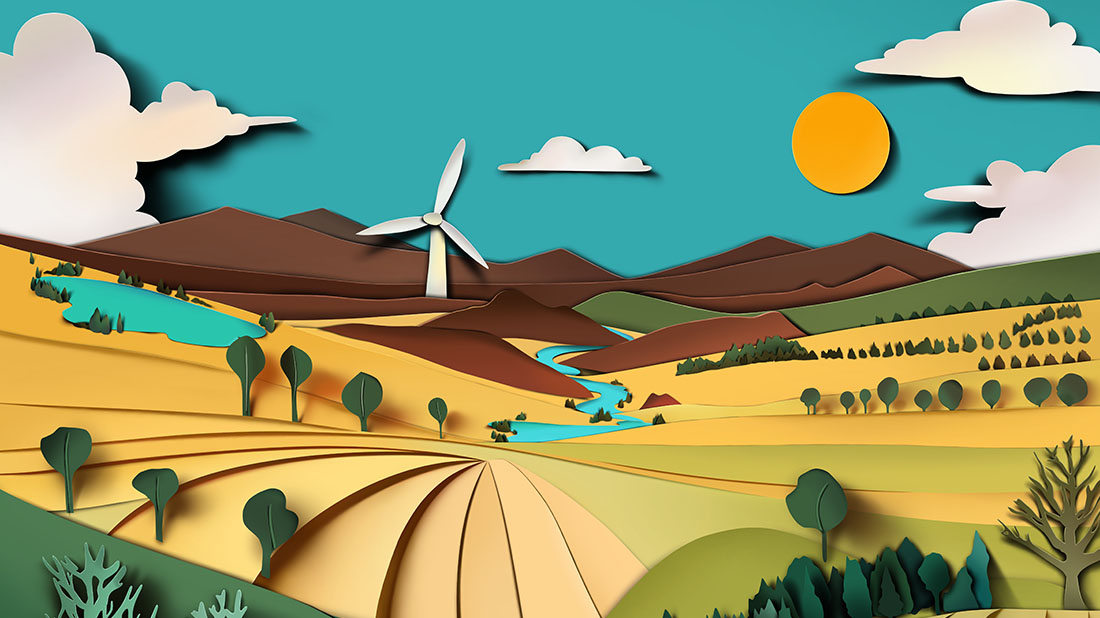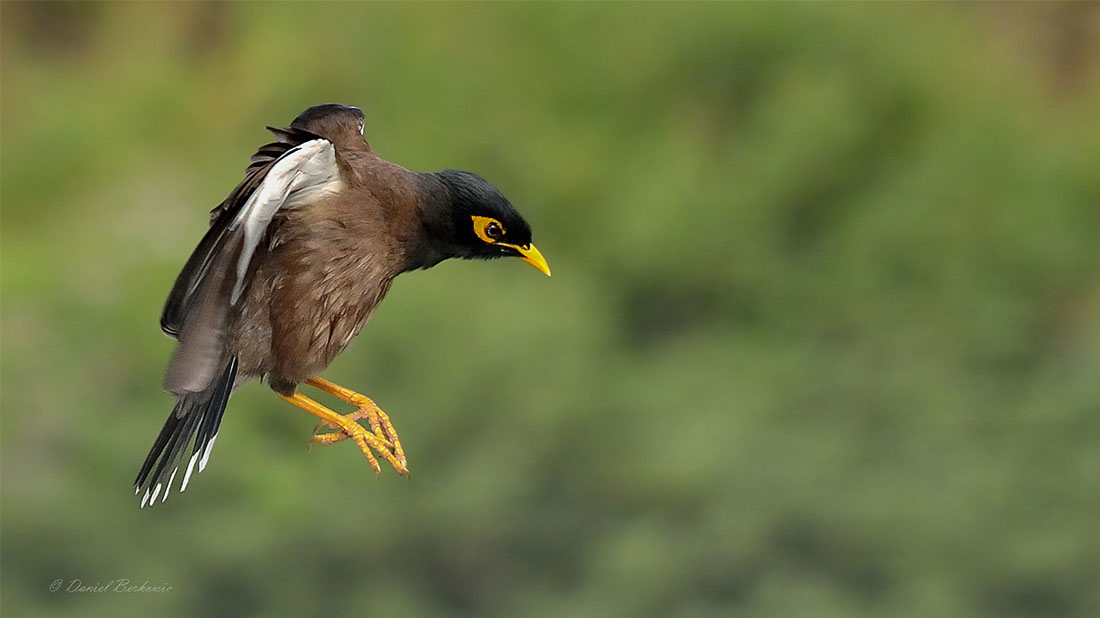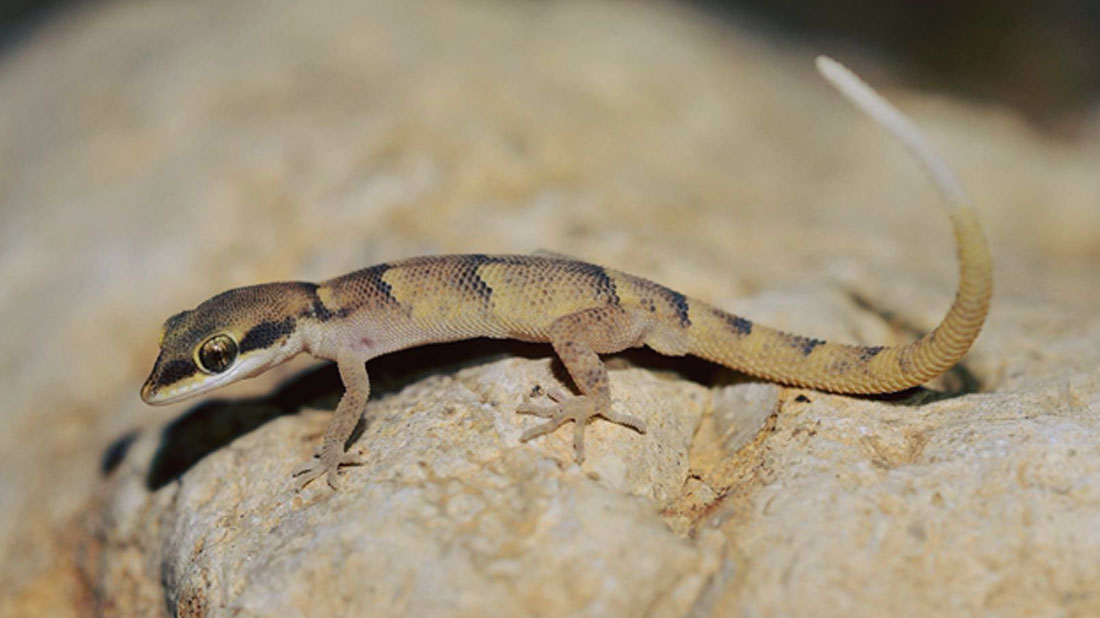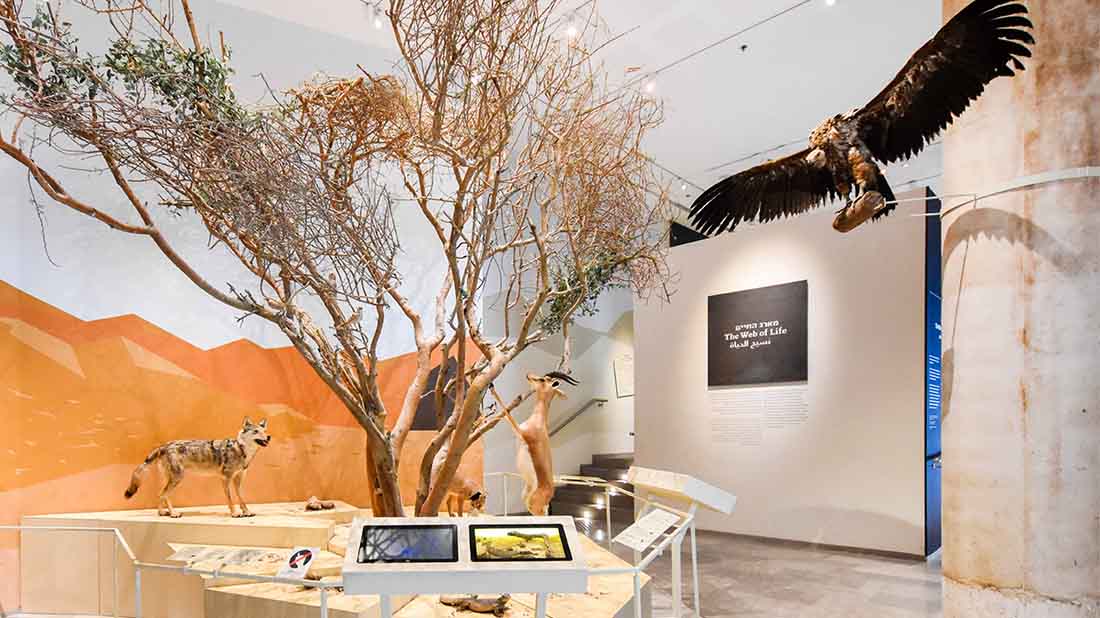Frequently Asked Questions:
What is a museum of natural history?
A museum of natural history is a place to study nature, learn about nature and share this knowledge with the public. The museum presents the world of animals in permanent or temporary exhibits in a way that encourages questions and curiosity and enables dialog and understanding about the nature of humans and animals – in the past, the present and the future.
What can be seen at the Steinhardt Museum of Natural History?
The Museum offers a range of special exhibits based on its scientific collection. The exhibits include stuffed animals and skeletons that tell the story of nature or represent phenomena unique to those animals. The exhibits also include diverse multimedia content such as videos, games, touch screens and an interactive touch table. Among other things, the exhibits include models that can be touched, for the benefit of the sight impaired and for the enjoyment of all visitors, as well as two screening rooms that offer videos on nature themes and the life of humans in nature in our days.
The museum also includes study galleries for workshops and other activities, an auditorium, and in the near future, a shop and a restaurant as well.
What is studied at a museum of natural history? How does the research affect us?
Natural history collections provide an infrastructure for research on subjects that are essential for world biodiversity conservation, as well as basic scientific research: Which species exist and where? What is their natural distribution? How do species’ distributions change following human activities? Which species are found with which other species, and what is the nature of their interactions? How is climate change likely to affect the distributions of species, including agricultural pests and disease vectors – and thus also affect man’s economy and health?
Answers to these and other questions provide an essential basis for understanding ecosystems’ modes of action and their conservation for the benefit of mankind.
Why collect items from nature?
The National Natural History Collections are an archive of biodiversity. The items are collected in nature, sorted, identified, and in the case of new species to science, they are named. At the end of the identification process they are preserved and become part of the national and international infrastructure of scientific research. This on-going, continuous documentation is essential for understanding processes in nature, for monitoring changes in ecosystems, for strengthening research on evolution and for conserving nature and the environment.
What is in the natural history collections of the Steinhardt Museum of Natural History?
There are about five and a half million items in the Steinhardt Museum. This is the largest museum collection in Israel.
From where are the museum display items?
The Museum collections include items that have been collected since the end of the 19th century, such as the collection of Father Schmitz (displayed in the “Treasures of Biodiversity” exhibit at the museum). Each year tens of thousands of new items are added, due to the collecting, monitoring, teaching and research activities of the museum’s staff.
Today there is no active hunting of birds or mammals, and items in these groups that reach the collection are mainly animals that died in the field (roadkill, poisoning etc.) and were collected by the staff of the Nature and Parks Authority. Fish and marine and terrestrial invertebrates are collected only during studies conducted with permits from the Nature and Parks Authority. Likewise, the staff members responsible for preserving the collections go on collection trips abroad as part of their research programs to study biodiversity throughout the world.
Does the museum receive donations of collections?
Our Natural History Collections are continually growing due to the routine research of the museum’s researchers. Collections are also made during special operations involving conservation of nature and agriculture activities, and research projects of students from the Faculty of Life Sciences at Tel Aviv University.
Scientists from other institutions in Israel and around the world donate collections that accumulate during their research on our natural history collections, to ensure they will be suitably preserved for the benefit of future research, and thus they contribute both to promoting science through their research and to continuous documentation of biodiversity in Israel.
Many collections amassed by private collectors or institutions are accepted by the museum’s collection in order to ensure their preservation and their accessibility to the entire scientific community. This documentation will be used by tens or hundreds of future studies.
Were the animals displayed in the museum hunted?
In the early 20th century nature lovers and collectors would hunt animals in order to learn about them and to enrich their collections. Nowadays, this practice has almost completely disappeared, and most of the animals that reach the museum are collected after their death in nature (for example, by the Nature and Parks Authority’s rangers). They are frozen, and after being brought here they receive eternal life in the collections.
How are new items added to the collection?
During the preservation process, the items accepted to the collections are meticulously sorted. They are identified at the most accurate taxonomic resolution (sorting according to structural similarity, similar origin, etc.), and recorded in the computerized database. Often the final identification of invertebrates is completed with assistance from scientists from Israel and around the world.
What is taxidermy? How were the displayed animals prepared?
Taxidermy is the art of reconstructing or preserving animals for the purposes of display and research. Most of the displayed animals in the natural history collections of the museum are insects. Due to their hard external skeleton, it is relatively easy to preserve them: mounting insects is done by skewering them with a pin. The soft parts of the body break down and the external skeleton is preserved.
Stuffing mammals or birds is a more complex art. The animal’s skin is arranged on an artificial mount made of polymer (synthetic material), and the taxidermist adds glass eyes and other body parts. Usually animals stuffed for research are preserved in a different way to animals stuffed for display.
The taxidermists at the Steinhardt Museum are responsible for preserving the animals and preparing the stuffed animals for display.
How were the exhibits prepared?
The exhibits were designed and produced by a team including scientific curators, the chief curator, five exhibit-making companies, writers, and multimedia experts. The process of development and establishment of the exhibits has taken almost three years.
What will be the opening days and hours of the museum?
Hours:
How can we visit the museum?
The Museum have an admission fee to visitors, both individuals and groups. Tickets will be available for purchase online or at the museum front desk. Groups are requested to make a prior booking and arrange a guide for an additional fee.
For groups of school students, university/college students and teachers, we offer a range of programs suited to the study program, including a tour of the museum and a research activity in the learning gallery. For details and tour bookings click here.
Groups are welcome to combine a visit to the museum with a tour of the zoological research garden or the botanical garden. In the future, guided tours of the gardens for individual visitors will also be possible.
The museum offers a range of activities on weekends and holidays: research and craft workshops, film screenings in the auditorium and more.
In the future, activities to enrich the museum experience will also be offered to individual visitors.
Which age is the museum suitable for?
The museum is suitable for the entire family, for professionals and for nature lovers. A visit to the museum is recommended from the age of 5 and up.
Is the museum accessible to people with special needs?
The Steinhardt Museum of Natural History is accessible to the disabled.
Accessibility arrangements:
(1) There are 620 parking bays in the museum’s parking lot. The parking lot is operated by Achuzot Hachof and carries an entrance fee. The parking lot includes designated parking spaces for the disabled.
(2) Restrooms for the disabled are located on floors 0, 1, 2 near the elevator, with appropriate signage.
(3) In each of the permanent exhibits there are some displays that visitors are permitted to touch.
(4) The videos in the exhibits are accompanied by subtitles in Hebrew, English, and Arabic.
(5) In the auditorium, the classrooms, and the screening rooms there are assistive devices for the hearing impaired. These assistive devices may be obtained from the museum’s front desk.
(6) An audio guide for the sight-impaired is available at the museum’s front desk.
Is there parking at the Museum?
Yes. A 620-bay parking lot under the Museum is operated by Achuzot Hachof for a fee.
Are there change tables / parents’ restrooms / restrooms with access for strollers?
Yes, in some of the restrooms on the exhibitions floors.






